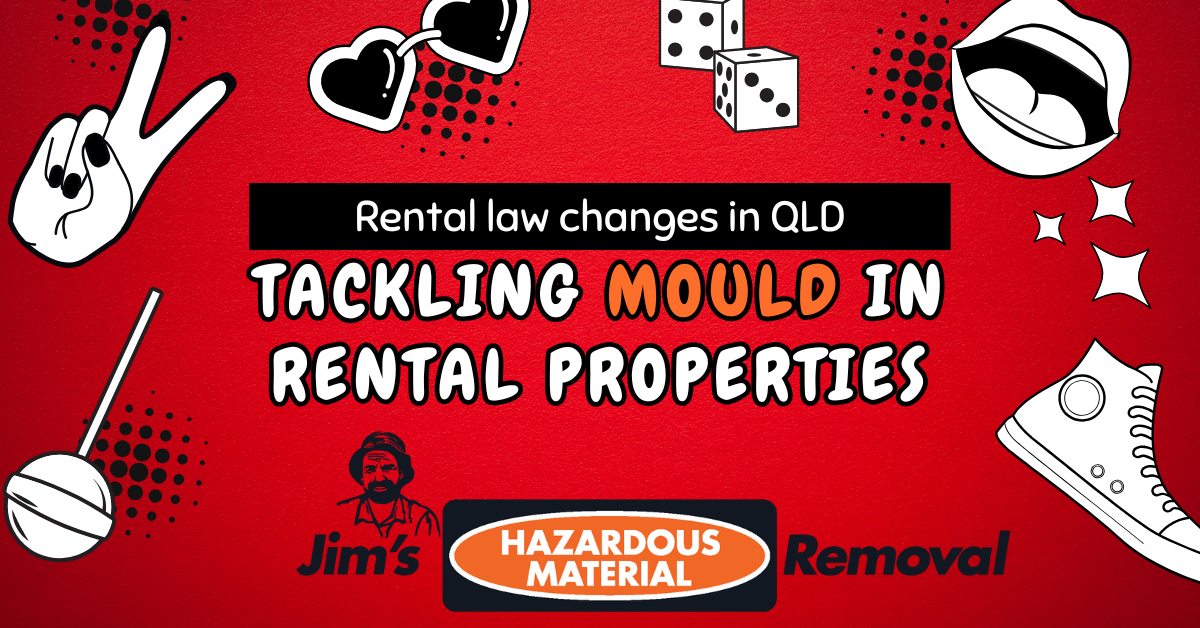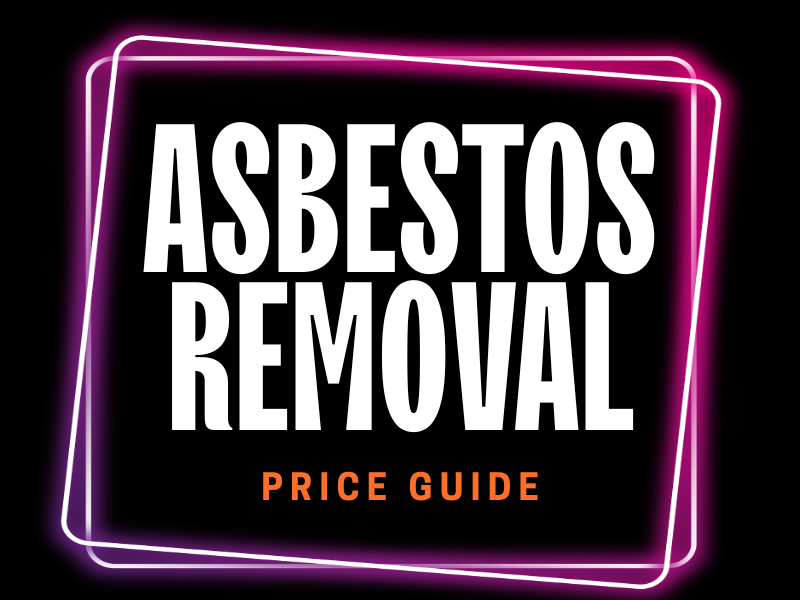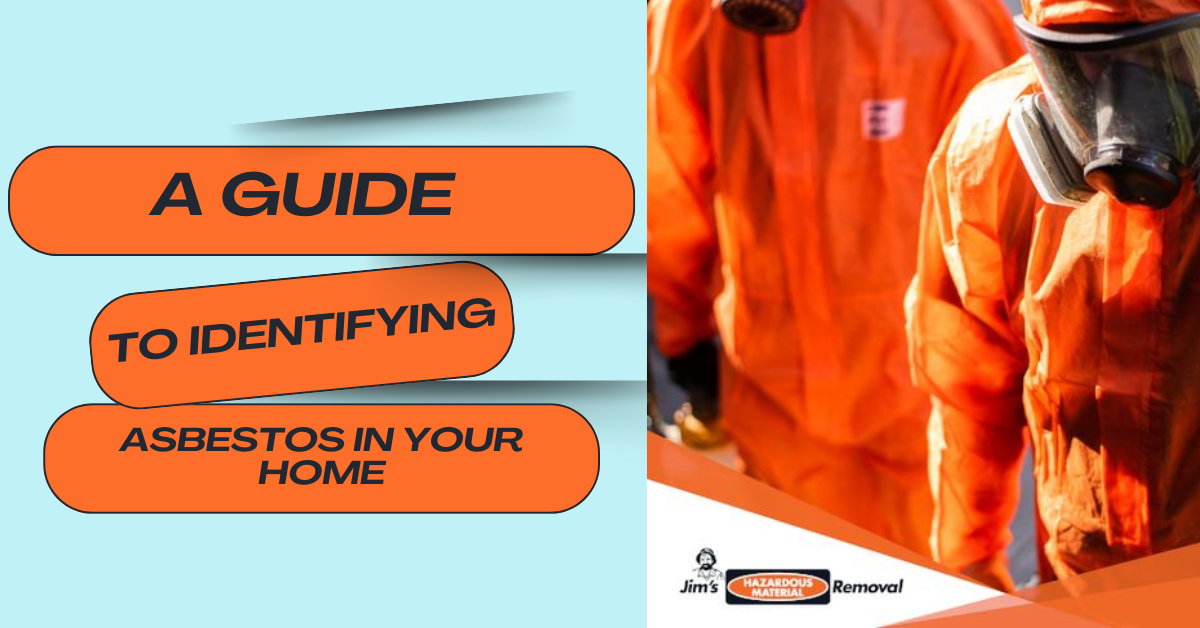
Tackling Mould in Rental Properties: A Comprehensive Guide
Understanding the Mould Menace
As Queenslanders, we’re all too familiar with the persistent problem of mould. Our warm, humid climate provides the perfect breeding ground for this unsightly and potentially hazardous fungus to thrive. Whether it’s creeping across bathroom tiles, infiltrating drywall, or taking over carpets, mould can be a real headache for both tenants and property owners alike and rental law changes in Queensland recently now allow renters more rights than ever before..
Mould is not just an aesthetic issue; it can also pose serious health risks. Exposure to mould can trigger allergic reactions, respiratory problems, and even neurological symptoms in some individuals. Left unchecked, mould can also cause significant structural damage to a property, compromising the integrity of walls, ceilings, and other building materials.
In this comprehensive guide, we’ll delve into the causes of mould, rental law changes in Queensland, explore effective prevention and remediation strategies, and outline the roles and responsibilities of both tenants and property managers in tackling this persistent problem. By the end, you’ll be equipped with the knowledge and tools to keep mould at bay and maintain a healthy, mould-free living environment.
We’ll also show you the recent rental law changes in Queensland that allows you to have your property tested for mould before moving in.
Mould: The Culprit and Its Causes
Mould thrives in damp, poorly ventilated spaces, and our warm, humid climate in Queensland provides the perfect conditions for it to flourish. Some of the primary causes of mould growth in rental properties include:
- Leaks and water damage: Leaks in roofs, walls, or plumbing can create the moisture that mould needs to grow and spread.
- Inadequate ventilation: Bathrooms, kitchens, and laundry areas that lack proper ventilation can become breeding grounds for mould, as steam and moisture become trapped.
- Flooding and natural disasters: Extreme weather events, such as cyclones and floods, can introduce large amounts of moisture into a property, leading to widespread mould growth.
- Poor insulation and air circulation: Homes with poor insulation or limited air circulation can create damp, stagnant environments that are ideal for mould proliferation.
- Tenant lifestyle and habits: Activities like frequent hot showers, inadequate cleaning, and not opening windows can contribute to mould growth in a rental property.
Understanding the root causes of mould is the first step in developing an effective strategy to prevent and manage it. By addressing the underlying issues that create the perfect conditions for mould to thrive, you can significantly reduce the risk of it becoming a persistent problem.
Preventing Mould: Proactive Measures for Tenants and Property Managers
Preventing mould from taking hold in the first place is the best approach, as it’s often easier and more cost-effective than dealing with a full-blown mould infestation. Both tenants and property managers have important roles to play in implementing preventative measures:
Tenant Responsibilities:
- Maintain proper ventilation: Open windows and use exhaust fans in bathrooms, kitchens, and laundry areas to ensure adequate air circulation and prevent moisture buildup.
- Manage moisture levels: Wipe down surfaces regularly to remove excess moisture, and use a dehumidifier if necessary to keep humidity levels in check.
- Conduct regular cleaning: Thoroughly clean bathrooms, kitchens, and other high-moisture areas to prevent the accumulation of mould-promoting grime and debris.
- Report issues promptly: Notify the property manager or owner as soon as you notice any signs of mould or water damage, so they can address the problem before it escalates.
- Avoid activities that contribute to mould growth: Limit the duration of hot showers, ensure the clothes dryer is properly vented, and avoid drying clothes indoors during humid weather.
Property Manager/Owner Responsibilities:
- Conduct regular property inspections: Regularly check for signs of moisture, leaks, and potential mould growth, and address any issues promptly.
- Ensure proper ventilation and insulation: Invest in upgrades to improve airflow and insulation, reducing the risk of moisture buildup and mould proliferation.
- Respond quickly to tenant reports: When a tenant reports a mould or moisture-related issue, act swiftly to investigate the problem and implement a solution.
- Educate tenants on mould prevention: Provide tenants with information and guidance on how to prevent mould growth, including tips on proper cleaning, ventilation, and moisture management.
- Maintain a proactive maintenance schedule: Regularly inspect and service plumbing, roofing, and other building systems to identify and address potential sources of moisture before they lead to mould issues.
By working together, tenants and property managers can create a comprehensive strategy to prevent mould from taking hold in the first place, saving time, money, and potential health concerns down the line.
Tackling Mould: Effective Remediation Strategies
Despite best efforts, mould can sometimes still take hold in a rental property. When this happens, it’s crucial to act quickly and effectively to address the problem. The approach to mould remediation will depend on the extent of the issue and who is responsible for the underlying cause:
Tenant-Caused Mould:
If the mould growth is a result of the tenant’s actions or inaction, such as not properly ventilating the property or allowing moisture to accumulate, the tenant is generally responsible for the cleanup and any resulting damage. In these cases, the tenant should:
- Identify and address the root cause: Determine what’s causing the mould growth, such as poor ventilation or excessive moisture, and take steps to rectify the issue.
- Clean the affected areas: Use a mould-killing solution, such as a diluted bleach or vinegar mixture, to thoroughly clean and disinfect the affected surfaces.
- Dispose of contaminated items: Any porous materials, such as carpets, fabrics, or drywall, that have been heavily affected by mould may need to be discarded to prevent the problem from recurring.
- Monitor and maintain the property: Continue to monitor the property for any signs of mould regrowth and take proactive steps to prevent future issues, such as improving ventilation and controlling moisture levels.
Property-Caused Mould:
If the mould growth is due to issues with the property itself, such as a leaky roof or plumbing problem, the responsibility for remediation typically falls on the property manager or owner. In these cases, the property manager or owner should:
- Identify and address the underlying issue: Conduct a thorough investigation to determine the root cause of the mould growth, such as a structural defect or maintenance problem, and take the necessary steps to fix it.
- Hire professional mould remediation services: Engage the services of a qualified mould remediation specialist to safely and effectively remove the mould, clean the affected areas, and ensure the property is restored to a healthy, mould-free condition.
- Communicate with the tenant: Keep the tenant informed throughout the remediation process, and work closely with them to minimize any disruption to their living situation.
- Monitor the property for future issues: Implement a regular maintenance schedule to proactively inspect the property for any signs of moisture or mould, and address any problems before they escalate.
In some cases, it may be necessary to engage the services of a professional mould and moisture detection assessor to accurately identify the source of the problem and determine the appropriate course of action. This can be particularly helpful in cases where the cause of the mould is unclear or disputed between the tenant and property manager.
Navigating the Legal Landscape: Tenant Rights and Responsibilities
While mould is not explicitly covered in the Residential Tenancies and Rooming Accommodation Act 2008, the legislation does provide a framework for addressing mould-related issues in rental properties. Both tenants and property managers have certain rights and responsibilities when it comes to dealing with mould:
Tenant Rights:
- Safe and habitable living conditions: Tenants have the right to live in a property that is safe, clean, and free from health hazards, including mould.
- Timely response to maintenance requests: Tenants can request that the property manager or owner address any mould or moisture-related issues in a timely manner.
- Compensation for damages: If the mould is a result of the property owner’s negligence, the tenant may be entitled to compensation for any personal belongings or health-related expenses incurred.
- Termination of the lease: In extreme cases, where the mould poses a serious health risk and the property manager or owner fails to address the issue, the tenant may have grounds to terminate the lease agreement.
Property Manager/Owner Responsibilities:
- Maintain the property in a reasonable condition: Property managers and owners are responsible for ensuring the rental property is maintained in a reasonable state of repair, which includes addressing any mould or moisture-related issues.
- Respond to tenant requests: Property managers and owners must respond to tenant requests for maintenance or repairs in a timely manner, including addressing mould concerns.
- Comply with health and safety standards: Rental properties must meet minimum health and safety standards, which may include addressing mould growth that poses a risk to the tenant’s wellbeing.
- Avoid retaliatory actions: Property managers and owners are prohibited from taking any retaliatory actions, such as eviction or rent increases, in response to a tenant reporting a mould problem.
By understanding their respective rights and responsibilities, both tenants and property managers can work together to effectively address mould issues and maintain a healthy, safe living environment.
Conclusion: Collaboration is Key
Mould is a persistent problem in Queensland’s rental properties, but with a proactive and collaborative approach, it can be effectively managed and prevented. Tenants and property managers must work together to identify the root causes of mould, implement preventative measures, and respond swiftly to any issues that arise.
By following the strategies outlined in this guide, you can help ensure that your rental property remains a healthy, mould-free living environment for all. Remember, open communication, prompt action, and a shared commitment to maintaining the property are the keys to successfully tackling the mould menace ensuring you make the most of rental law changes in Queensland.







